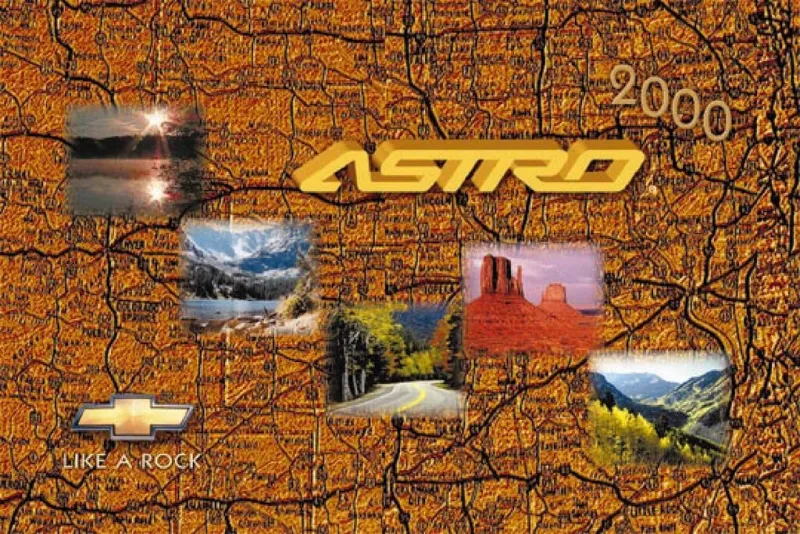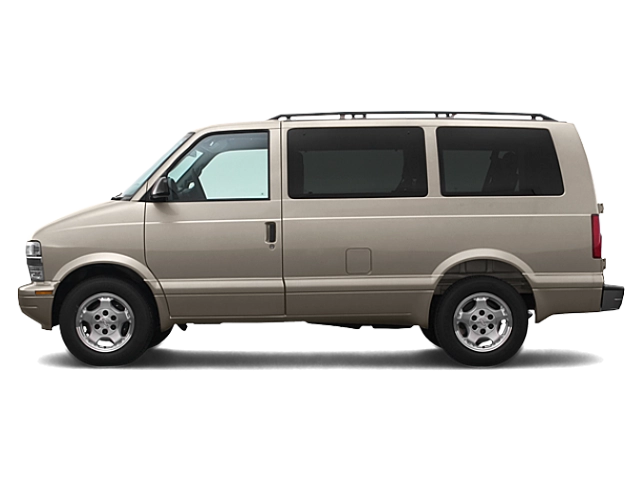2000 Chevrolet Astro Owner's Manual

Table of Contents
2000 Chevrolet Astro Overview
Introduction
The 2000 Chevrolet Astro is a versatile and robust mid-sized van that stands out in Chevrolet's lineup. Designed primarily for family travel and cargo transport, the Astro combines utility with comfort and reliable performance. Its sturdy construction and spacious interior make it an ideal choice for those needing a dependable vehicle for various life adventures, from road trips to daily commutes.
Powertrains
Under the hood, the 2000 Chevrolet Astro comes equipped with a 4.3-liter V6 engine that produces a punchy 190 horsepower and 250 lb-ft of torque. This powertrain is paired with a smooth-shifting four-speed automatic transmission, providing a solid balance of power and fuel efficiency. The Astro also features rear-wheel drive for enhanced traction and stability, ensuring a confident driving experience in various conditions. Additionally, an all-wheel-drive option is available for those seeking increased versatility.
Trims
The 2000 Astro is offered in several trims, including the base trim, LS, and LT. The base model includes essential comforts, while the LS adds features such as power windows and locks, air conditioning, and an upgraded audio system. The range-topping LT trim comes with additional luxury features, such as enhanced upholstery options, alloy wheels, and advanced sound systems, making it a more premium choice for families and travelers alike.
Features
Inside, the Chevrolet Astro offers seating for up to eight passengers, with ample cargo space that can be expanded by folding down the rear seats. Standard features include dual-zone climate control, a rear heater, and optional leather seating for added luxury. Safety is also prioritized, with features such as anti-lock brakes and a full complement of airbags, ensuring peace of mind during every journey. The 2000 Astro stands as a testament to Chevrolet's commitment to family-oriented versatility and comfort.
Owner's Manual
The owner's manual for the 2000 Chevrolet Astro provides valuable insights into the vehicle's operation and maintenance. It includes essential information on the recommended service schedule, troubleshooting tips, and safety features, ensuring owners can maximize their ownership experience. Understanding the manual is key for prospective owners to maintain their Astro in optimal condition, thereby prolonging its life and reliability.
User manual download
The Chevrolet Astro owner manual for the 2000 model year is to be found in PDF downloadable format on this page. The owner manual for the model year 2000 is free and in English, but the repair manuals are usually not easy to get and may cost more.
Manual Questions
Fill the form below and someone will help you!

